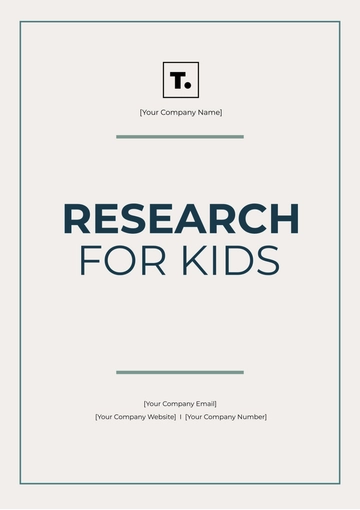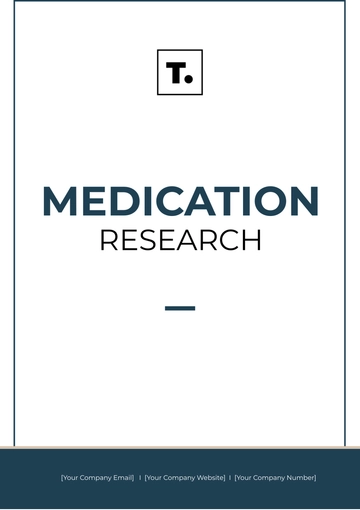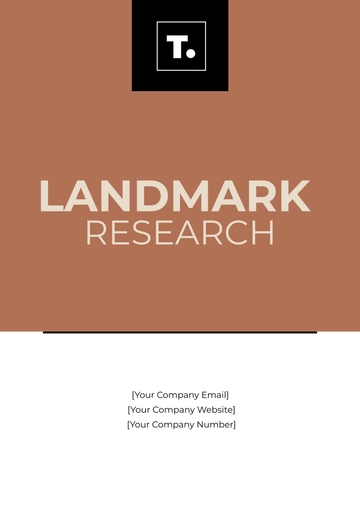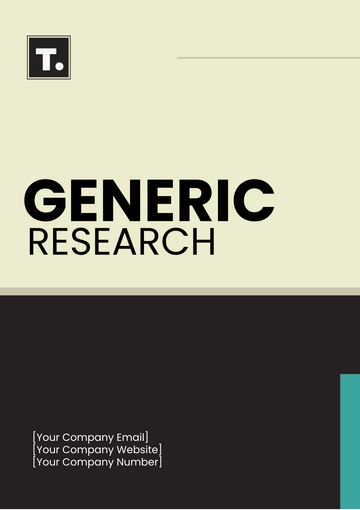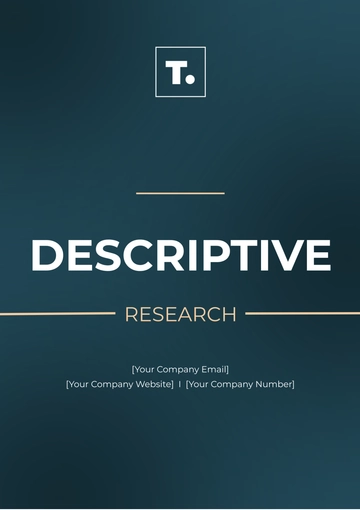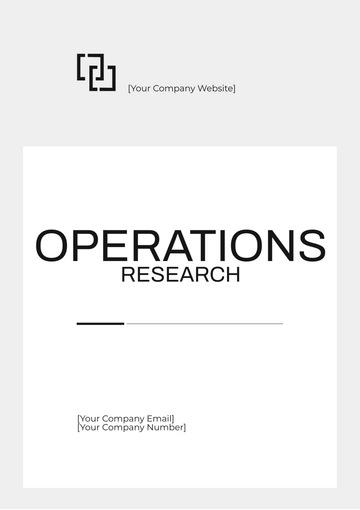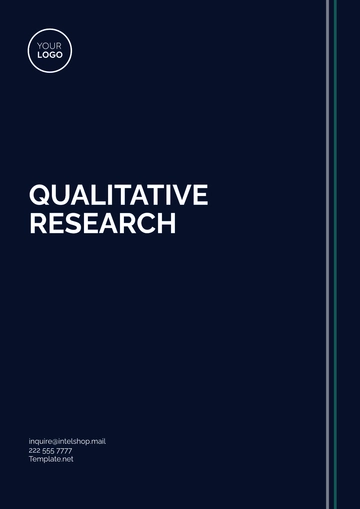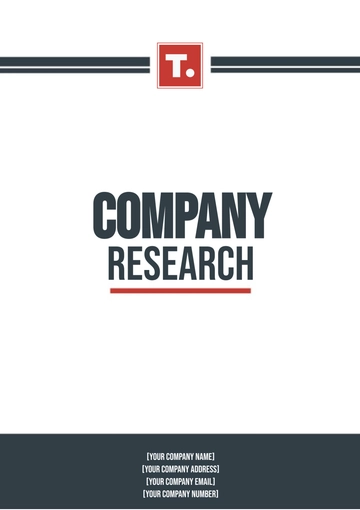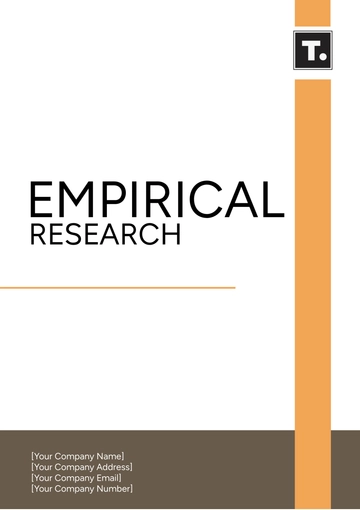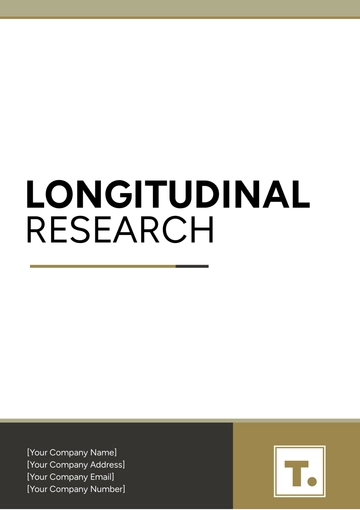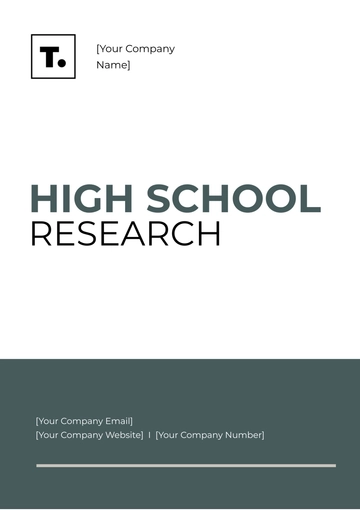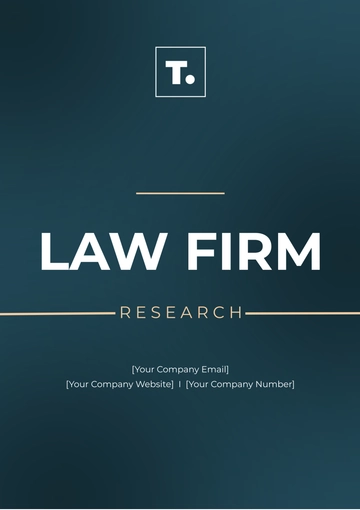Free Extensive Internal Audit Accounting Research
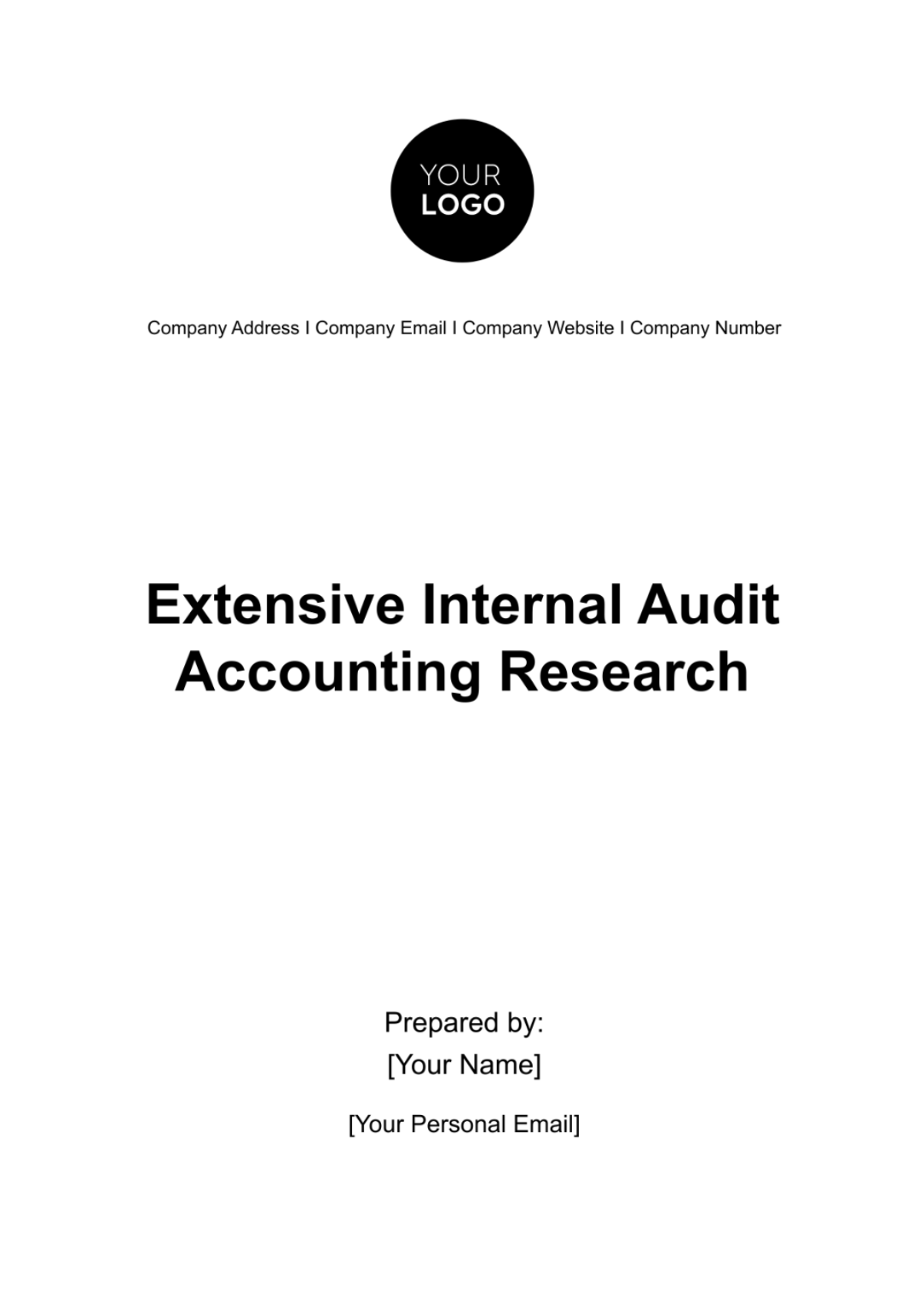
1. Introduction
The practice of internal audit accounting stands as a cornerstone within the framework of modern business operations, critically underpinning the integrity of financial reporting and operational efficiency. This research delves into an exhaustive analysis of internal audit accounting, highlighting its pivotal role in bolstering the trustworthiness of financial information—a fundamental requirement for stakeholders including investors, regulatory bodies, and management teams. The evolution of internal auditing, from a mere function of financial compliance to a comprehensive risk management tool, reflects its growing importance in navigating the complexities of today's global business environment. Recent studies, such as those highlighted by the Institute of Internal Auditors, underscore the transformative impact of internal auditing in identifying and mitigating risks, thereby safeguarding organizational assets and reputation. By weaving through historical perspectives and contemporary case studies, this section aims to shed light on the dynamic nature of internal audit practices and their critical contribution to business resilience and strategic decision-making.
2. Objectives
This research sets out to construct a holistic understanding of the internal audit accounting process and its profound influence on business sustainability and growth. The primary objectives are multi-faceted:
Risk Management Efficacy: To examine how internal auditing acts as a strategic ally in identifying, evaluating, and mitigating business risks, thereby ensuring continuity and stability. The focus will be on understanding the mechanisms through which internal audits facilitate proactive risk identification and management, particularly in operational, financial, compliance, and strategic domains.
Financial Reporting Integrity: To assess the extent to which internal audit functions contribute to the accuracy and reliability of financial statements. This involves exploring the methodologies and technologies employed by internal auditors to detect and prevent inaccuracies and misstatements, thus enhancing stakeholder confidence in financial disclosures.
Regulatory Compliance Assurance: To investigate the role of internal auditing in ensuring adherence to legal and statutory frameworks. Given the ever-evolving regulatory landscape, particularly in sectors like finance, healthcare, and energy, this objective aims to understand how internal audits navigate these complexities to uphold compliance and avoid legal repercussions.
Operational Efficiency and Improvement: Beyond risk and compliance, this research aims to uncover the contributions of internal audits toward optimizing operational processes and driving continuous improvement initiatives within organizations.
By achieving these objectives, the study intends to delineate the integral role of internal auditing in not just safeguarding assets but also in facilitating strategic decision-making and organizational agility.
3. Methodology

Fig 1: Internal Audit Accounting Research Methodology Example
To achieve a nuanced understanding of the internal audit function's multifaceted role within businesses, this research employs a hybrid approach, integrating both qualitative and quantitative methodologies.
Qualitative Analysis:
Literature Review: An extensive review of existing academic literature, industry reports, and case studies pertaining to internal audit practices across different sectors. This review aims to capture the evolution of internal audit functions, theoretical frameworks, and emerging trends in the field.
Expert Interviews: In-depth discussions with seasoned internal auditors, CFOs, and compliance officers across various industries to glean insights into real-world applications, challenges, and best practices in internal auditing. These interviews will provide firsthand perspectives on the strategic value of internal audits in managing risks, enhancing financial accuracy, and ensuring compliance.
Quantitative Analysis:
Audit Reports Review: Analysis of a diverse range of audit reports from businesses of varying sizes and sectors. This will include a statistical examination of audit findings, particularly in relation to risk management effectiveness, error detection in financial reporting, and compliance issues.
Performance Metrics: Evaluation of internal audit departments' performance metrics, such as audit cycle time, number of findings, and corrective actions implemented, to quantify the impact of internal auditing on business operations and governance.
This mixed-methods approach will enable a comprehensive analysis of the internal audit function, encompassing both theoretical underpinnings and practical applications. By integrating diverse data sources and perspectives, the research aims to offer a balanced view of the internal audit's strategic importance in contemporary business landscapes.
4. Findings
4.1 Role of Internal Auditing in Risk Management
The research findings underscore the indispensable role of internal auditing in fortifying a company's risk management framework. Through systematic and continuous reviews of internal controls, procedures, and governance processes, internal audits play a pivotal role in identifying and mitigating a wide array of risks. This encompasses operational risks, such as those stemming from inadequate or failed internal processes, people, and systems; financial risks, including inaccuracies in financial reporting and mismanagement of financial resources; and compliance risks related to violations of laws, regulations, codes of conduct, and organizational standards.
One of the key strengths of internal auditing in risk management is its proactive approach. Internal auditors, by virtue of their in-depth understanding of the organization and its environment, are uniquely positioned to anticipate potential risks before they materialize into significant threats. For instance, in the face of evolving cyber threats, internal auditors assess the adequacy of the organization's cybersecurity measures, recommend enhancements, and monitor the implementation of such recommendations.
Furthermore, internal audits contribute to the creation of a risk-aware culture within the organization. By involving various levels of management in the audit process and through the dissemination of audit findings and recommendations, internal auditing fosters a collective understanding and appreciation of risk management principles among employees.
4.2 Internal Audit and Financial Report Accuracy
The research compellingly demonstrates that the involvement of internal auditing in the financial reporting process materially enhances the accuracy and reliability of financial statements. This is achieved through various mechanisms, such as the verification of financial data, assessment of accounting procedures, and evaluation of the effectiveness of financial controls.
Internal audits serve as an early warning system, detecting errors and irregularities in financial statements at the nascent stages. By ensuring that financial reports are free from material misstatements, internal auditing not only builds trust among stakeholders but also contributes to the overall financial health of the organization. Investors, creditors, and government agencies rely heavily on accurate financial reports to make informed decisions, and the role of internal auditing in safeguarding this accuracy cannot be overstated.
Case studies included in the research highlight instances where internal audits have identified significant accounting errors that, once rectified, have led to revised financial statements, thereby preventing potential financial scandals and enhancing stakeholder confidence.
4.3 Ensuring Statutory Compliance
The research findings highlight the critical role of internal auditing in ensuring statutory compliance, a key component of corporate governance. Internal audits provide an independent and objective assessment of the extent to which the organization adheres to applicable laws, regulations, and internal policies. This function is increasingly important in today's complex regulatory environment, where non-compliance can result in severe financial penalties, legal repercussions, and damage to the organization's reputation.
Internal auditors employ a comprehensive approach to assess compliance, which includes reviewing documentary evidence, conducting interviews, and performing compliance tests. They also stay abreast of changes in the regulatory landscape to ensure that the organization's policies and procedures are updated accordingly.
The research includes examples where internal auditing has played a decisive role in identifying areas of non-compliance, facilitating timely corrective actions, and thereby avoiding potential penalties and legal challenges. Furthermore, by systematically addressing compliance risks, internal auditing enhances the organization's reputation with regulators, customers, and the public.
Case Studies
Case Study 1: Multinational Retail Corporation
A leading multinational retail corporation faced challenges with inventory management and financial reporting inaccuracies across its global outlets. The internal audit team initiated a comprehensive audit focusing on inventory controls and financial data integrity. The audit revealed significant discrepancies due to outdated inventory systems and manual data entry errors. Recommendations included the implementation of an automated inventory management system and enhanced training for finance staff. Following these changes, the corporation reported a 30% reduction in inventory discrepancies and a notable improvement in the accuracy of financial reports, leading to better decision-making and increased investor confidence.
Case Study 2: Financial Services Firm
A prominent financial services firm was subject to regulatory scrutiny due to non-compliance with anti-money laundering (AML) regulations. The internal audit function conducted a thorough review of the firm's AML policies and procedures. The audit uncovered gaps in employee training and the monitoring system for suspicious transactions. Based on the audit's recommendations, the firm overhauled its AML training program and implemented advanced software for transaction monitoring, significantly reducing the risk of regulatory penalties and enhancing the firm's reputation in the market.
Best Practices
The following best practices in internal auditing have been identified, drawing from standards set by the Institute of Internal Auditors (IIA) and practices from leading organizations:
Adherence to Professional Standards: Internal audit functions should adhere to globally recognized standards, such as those issued by the IIA, ensuring practices are aligned with professional ethics and technical requirements.
Risk-based Auditing: Internal audits should prioritize areas based on risk assessment, focusing on parts of the business that present the highest risk to organizational objectives.
Continuous Education and Training: Internal auditors should engage in continuous professional development to stay abreast of the latest auditing techniques, regulatory changes, and industry trends.
Use of Technology: Leveraging advanced technologies such as data analytics and automation tools to enhance the efficiency and effectiveness of audit processes.
Stakeholder Engagement: Regular communication with management, the board, and audit committees to ensure audit objectives are aligned with organizational goals and to enhance the value delivered by the audit function.
Independence and Objectivity: Maintaining independence from the activities they audit and being objective in their work to ensure findings and recommendations are unbiased.
Challenges and Solutions
Challenge 1: Keeping Pace with Technological Advances
Many internal audit functions struggle to keep pace with rapid technological advancements and their implications on business processes and risks.
Solution: Internal audit functions should invest in technology training and tools, incorporating data analytics, artificial intelligence, and other technologies into their audit processes to enhance their capability to audit complex, technology-driven business environments.
Challenge 2: Aligning with Organizational Goals
Internal audits sometimes face challenges in aligning their activities with the strategic objectives of the organization, limiting their impact on organizational success.
Solution: Engage in regular dialogue with senior management and the board to ensure audit plans are aligned with organizational priorities and risks. Utilizing a risk-based approach to audit planning can ensure that audit activities are focused on areas of greatest impact.
Challenge 3: Resource Constraints
Internal audit functions, especially in smaller organizations, often operate with limited resources, which can affect their ability to cover all necessary areas comprehensively.
Solution: Adopting a co-sourcing or outsourcing model for certain audit activities can provide access to specialized skills and supplement internal resources, allowing the internal audit function to focus on key risk areas.
Future of Internal Auditing
The future of internal auditing is being shaped by emerging technologies such as artificial intelligence (AI) and blockchain, which offer opportunities to dramatically enhance the efficiency, effectiveness, and scope of audit activities.
Artificial Intelligence: AI can transform internal auditing through advanced data analysis, predictive analytics, and automation of routine audit tasks. AI algorithms can analyze vast datasets to identify patterns, anomalies, and trends that may indicate risks or control weaknesses, enabling auditors to focus on higher-value activities and insights.
Blockchain: As blockchain technology gains adoption in business processes such as supply chain management and financial transactions, internal auditors must understand its implications on risk and control environments. Blockchain's inherent characteristics, such as immutability and transparency, could redefine audit procedures for transactions and records maintained on blockchain platforms.
Furthermore, the integration of AI with blockchain technology could lead to the development of smart contracts that automatically execute audit protocols, ensuring real-time compliance and risk management.
The internal audit function is evolving, driven by technological advancements and changing business landscapes. By adopting best practices, addressing challenges proactively, and leveraging emerging technologies, internal audit can continue to provide critical assurance, advisory, and risk management services, adding significant value to organizations in the dynamic business environments of the future.
5. Conclusion
From this research, it is evident that internal audit accounting is central to risk management, financial report accuracy, and statutory compliance within a business. While it might seem like an optional function, every company looking to guarantee operational efficiency should regard it as a key element of business operations.
6. References
1. Institute of Internal Auditors. (2017). International Professional Practices Framework (IPPF). Altamonte Springs, FL: The Institute of Internal Auditors. 2. Knechel, W. R., & Salterio, S. E. (2016). Auditing: Assurance and Risk. Routledge. 3. Arena, M., & Azzone, G. (2009). Identifying organizational drivers of internal audit effectiveness. International Journal of Auditing, 13(1), 43-60. 4. Prawitt, D. F., Smith, J. L., & Wood, D. A. (2009). Internal audit quality and earnings management. The Accounting Review, 84(4), 1255-1280.
Note: References are for sample purposes only. Use proper references for your document
- 100% Customizable, free editor
- Access 1 Million+ Templates, photo’s & graphics
- Download or share as a template
- Click and replace photos, graphics, text, backgrounds
- Resize, crop, AI write & more
- Access advanced editor
Template.net's Extensive Internal Audit Accounting Research Template is a versatile resource designed to streamline your financial investigations. This fully editable and customizable template, accessible in our AI editor tool, simplifies the process of conducting internal audits. With detailed sections for data analysis, risk assessment, and reporting, it empowers your team to efficiently assess financial operations and make informed decisions.



